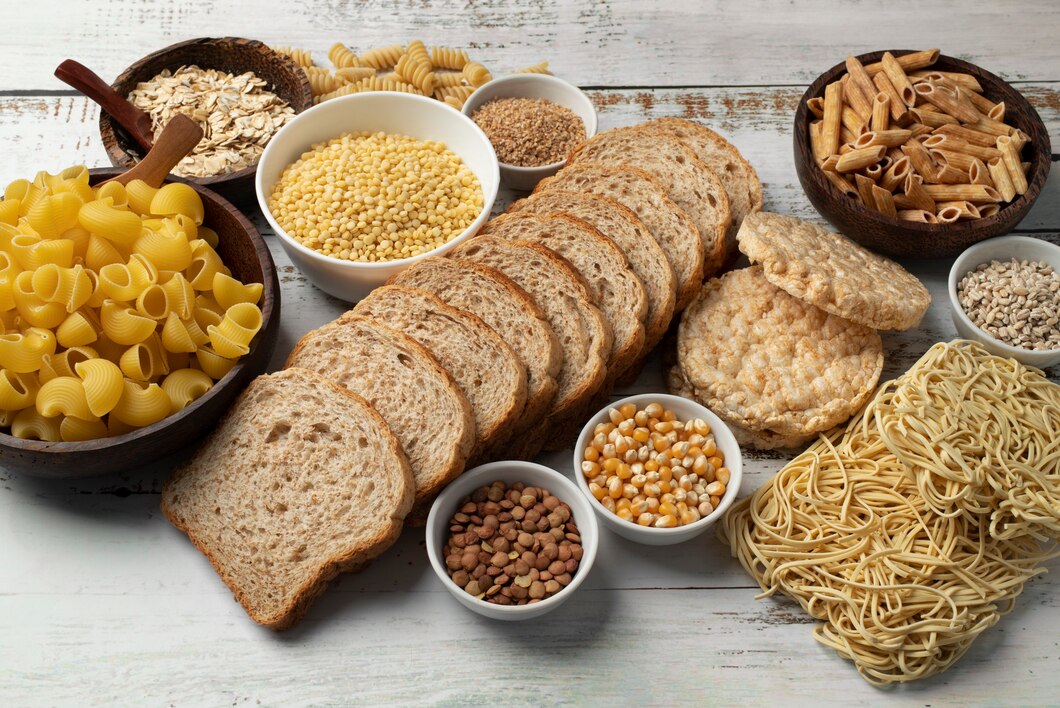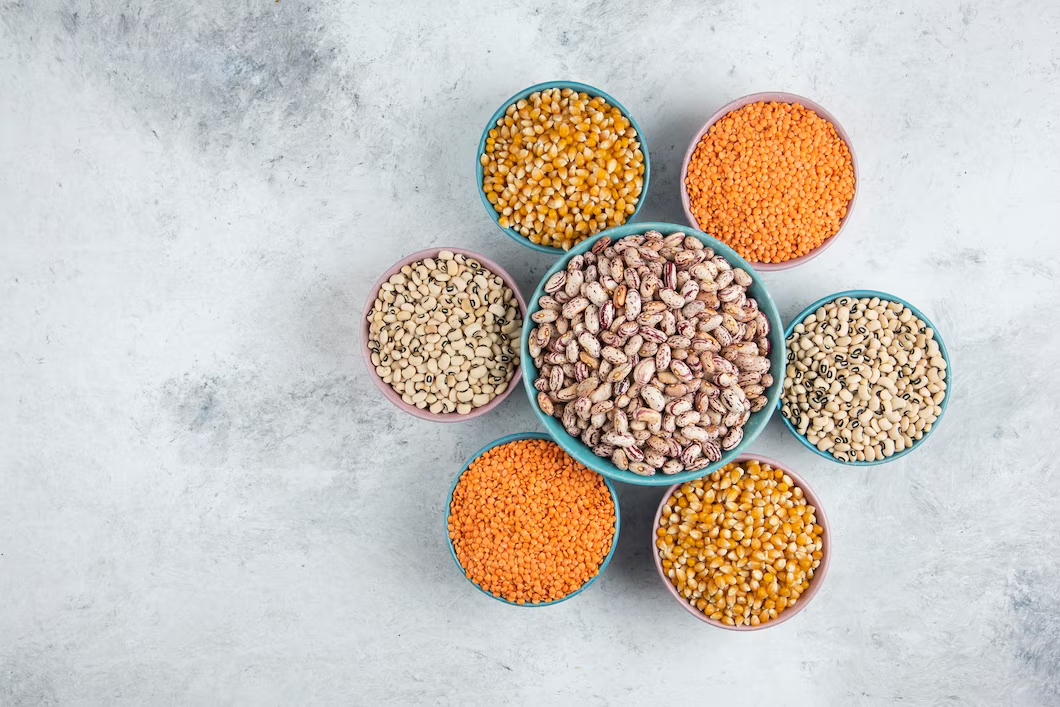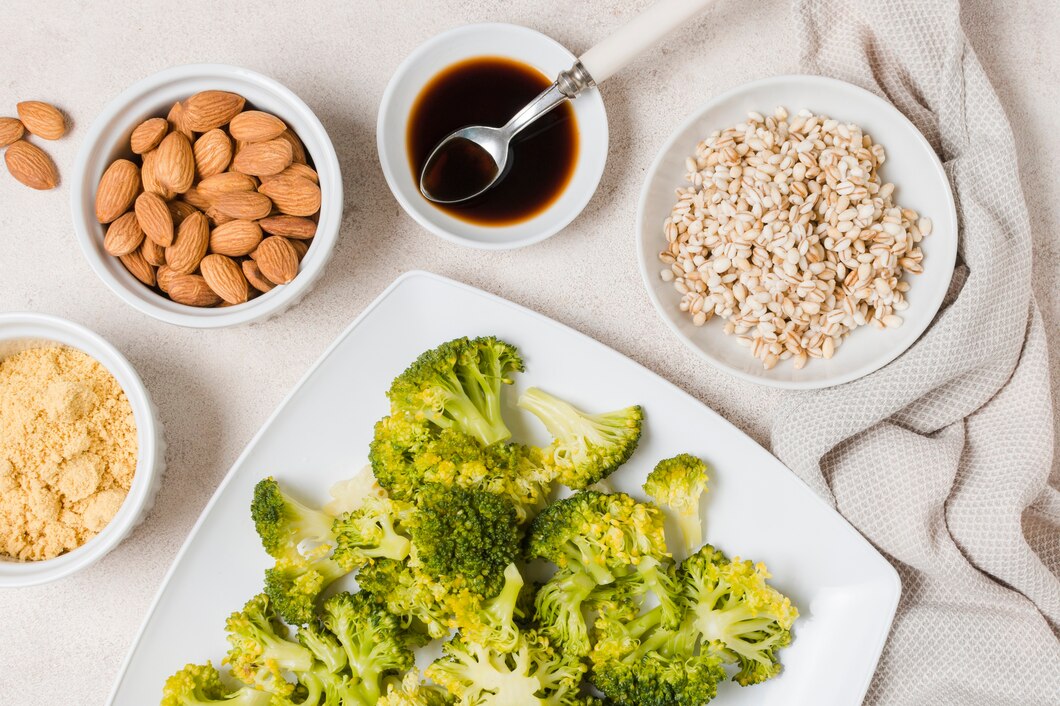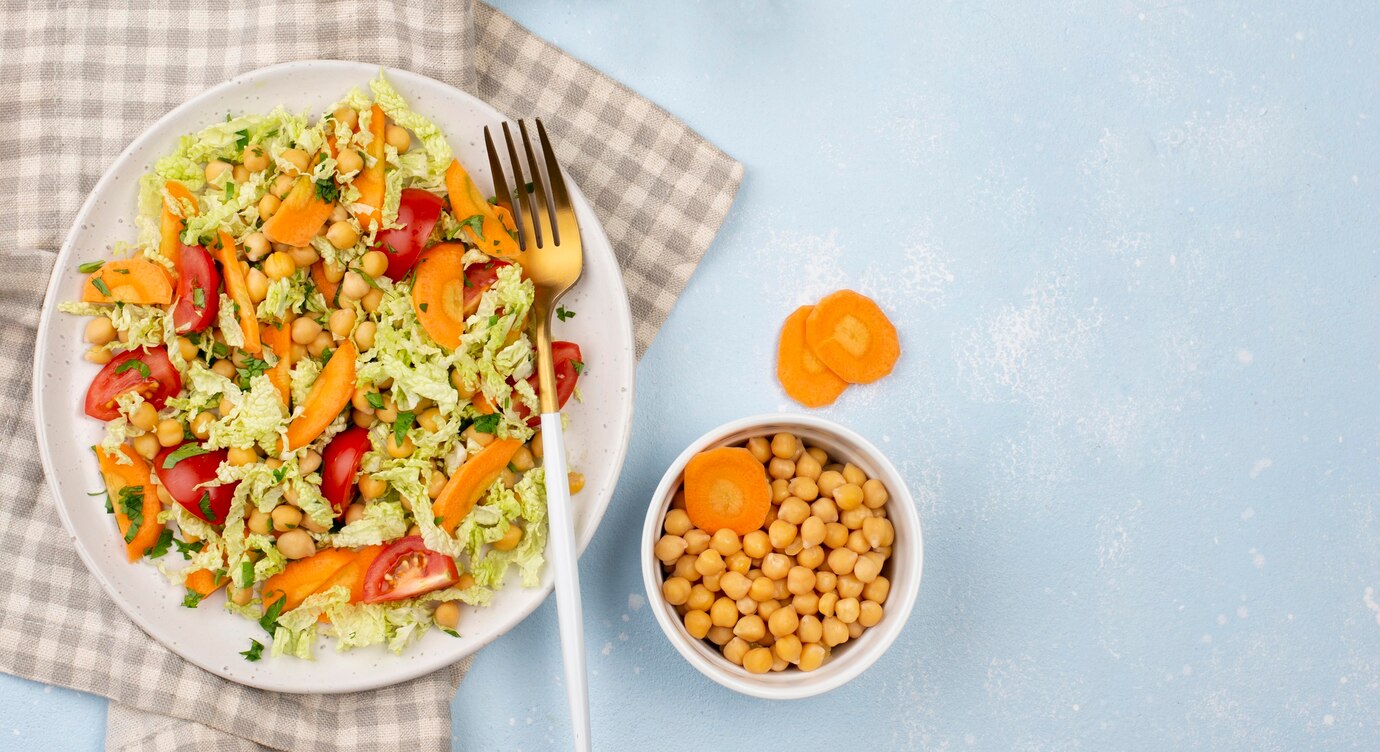The Role of Fibre in Digestion & Overall Health
Fibre is vital for a balanced diet. It supports digestive health, heart health, and overall well-being. Many people in the UK do not get enough fibre daily. Adding high-fibre foods can provide great fibre benefits, like a healthy gut and lower disease risk. A gut-friendly diet should include both soluble and insoluble fibre, as they

Fibre is vital for a balanced diet. It supports digestive health, heart health, and overall well-being. Many people in the UK do not get enough fibre daily. Adding high-fibre foods can provide great fibre benefits, like a healthy gut and lower disease risk.
A gut-friendly diet should include both soluble and insoluble fibre, as they have different roles. This article covers how fibre aids healthy digestion tips, its long-term health effects, and top dietary fibre sources to add to your meals.

Understanding Fibre: What It Is and How It Works
Fibre is a carbohydrate that the body cannot digest. Unlike other carbs that break down into sugar, fibre moves through the digestive system mostly intact. It has two main types:
1. Soluble Fibre
Soluble fibre dissolves in water and forms a gel-like substance, slowing digestion. It helps:
- Lower cholesterol.
- Regulate blood sugar.
- Feed gut bacteria as a prebiotic.
Sources: Oats, apples, carrots, flaxseeds, lentils, and beans.
2. Insoluble Fibre
Insoluble fibre adds bulk to stool and speeds up food movement through the stomach and intestines, preventing constipation.
- Promotes regular bowel movements.
- Lowers the risk of digestive issues.
- Aids weight management by increasing fullness.
Sources: Whole grains, nuts, seeds, brown rice, and vegetables like broccoli and cabbage.
Fibre Benefits: Why It’s Essential for Health
1. Supports a Healthy Digestive System
Fibre is well-known for promoting gut health. It feeds good gut bacteria, helping maintain a balanced microbiome.
- Prevents Constipation – Insoluble fibre adds bulk to stool for easier passing.
- Reduces Diverticulitis Risk – A high-fibre diet can prevent painful intestinal pouches.
- Balances Gut Bacteria – Fibre acts as a prebiotic, nurturing beneficial gut bacteria.
2. Aids in Weight Management
Eating fibre-rich foods aids weight control by:
- Increasing Fullness – Fibre takes longer to digest, keeping you satisfied longer.
- Reducing Cravings – A fibre-rich diet can cut unhealthy snack urges.
- Regulating Blood Sugar – Fibre slows glucose absorption, preventing sugar spikes.
3. Supports Heart Health
A gut-friendly diet rich in fibre promotes heart health by:
- Lowering Bad Cholesterol (LDL) – Soluble fibre binds with cholesterol and helps eliminate it.
- Reducing Blood Pressure – Fibre-rich diets are linked to lower blood pressure.
- Reducing Inflammation – A high-fibre diet can lower inflammation, reducing heart disease risk.
4. Regulates Blood Sugar Levels
For those at risk of type 2 diabetes, fibre helps by:
- Slowing Sugar Absorption – It prevents blood sugar spikes after meals.
- Improving Insulin Sensitivity – A high-fibre diet helps regulate insulin processing.

Best Sources of Fibre for a Gut-Friendly Diet
A gut-friendly diet should include various fibre-rich foods. Here are the top sources:
1. Whole Grains
Whole grains provide both soluble and insoluble fibre, aiding digestion and cholesterol regulation.
Best options:
- Oats
- Brown rice
- Whole wheat bread and pasta
- Quinoa
- Barley
2. Legumes
Legumes are a great addition to a high-fibre diet, offering plant-based protein and nutrients.
Best options:
- Lentils
- Chickpeas
- Black beans
- Kidney beans
- Peas
3. Fruits
Fruits are rich in fibre, especially when eaten with their skins.
Best options:
- Apples
- Pears
- Berries (raspberries, blackberries, blueberries)
- Oranges
- Bananas
4. Vegetables
Vegetables are essential for a gut-friendly diet, offering fibre, vitamins, and antioxidants.
Best options:
- Broccoli
- Carrots
- Sweet potatoes
- Spinach
- Brussels sprouts
5. Nuts and Seeds
Nuts and seeds are nutrient-rich and provide healthy fats and fibre.
Best options:
- Chia seeds
- Flaxseeds
- Almonds
- Walnuts
- Sunflower seeds
6. Fermented Foods
Though not direct fibre sources, fermented foods support gut health by nurturing beneficial bacteria.
Best options:
- Yoghurt
- Sauerkraut
- Kimchi
- Miso
- Kombucha
Healthy Digestion Tips: How to Increase Fibre Intake
1. Start Slowly
If you’re boosting fibre intake, do it gradually to avoid bloating.
- Add small portions of fibre-rich foods to each meal.
- Introduce new fibre sources one at a time.
2. Stay Hydrated
Fibre absorbs water, so drink enough to prevent constipation. Aim for 6-8 glasses of water per day.
3. Eat More Whole Foods
Instead of processed foods, choose natural fibre sources. Swap refined grains for whole grains, and pick fresh fruit over juice.
4. Incorporate Fibre into Every Meal
- Breakfast: Start with oats, whole grain toast, or a smoothie with flaxseeds.
- Lunch: Add legumes, quinoa, or whole grains to salads and soups.
- Dinner: Choose vegetables, brown rice, or a fibre-rich side dish.
- Snacks: Pick nuts, seeds, or fruit instead of processed snacks.
5. Consider a Fibre Supplement
If you’re struggling to get enough fibre from food, consider a supplement like psyllium husk. However, don’t let it replace whole food sources.

Fibre and Gut Microbiome: The Connection
Eat gut-friendly foods A healthy gut microbiome thrives on fibre. With fibre-feeding good bacteria, diversity is key to preventing your gut from going awry. Studies suggest high-fibre diets are associated with reduced risk of:
- Irritable bowel syndrome (IBS)
- Inflammatory Bowel Disease (IBD)
- Colon Cancer
Prebiotics — a dietary fibre found in foods such as garlic, onions and bananas — support gut health by feeding good bacteria.
Conclusion
Fibre plays a vital role in digestion, weight maintenance, heart health and blood sugar regulation. The many fibre benefits of consuming a variety of fibre-rich foods help keep your digestive system functioning and support your general health.
A gut-friendly diet of whole grains, legumes, fruits, vegetables, nuts and fermented foods supports digestion and overall health in the long run. Raw downfall balances the stomach by tips digestive health intake such as increasing fibre intake, drinking plenty of water, and concentrating only on whole foods. Gut health can improve overall well-being.
Start making small changes today to increase your fibre intake and enjoy the long-term benefits of a healthier digestive system and better health overall.